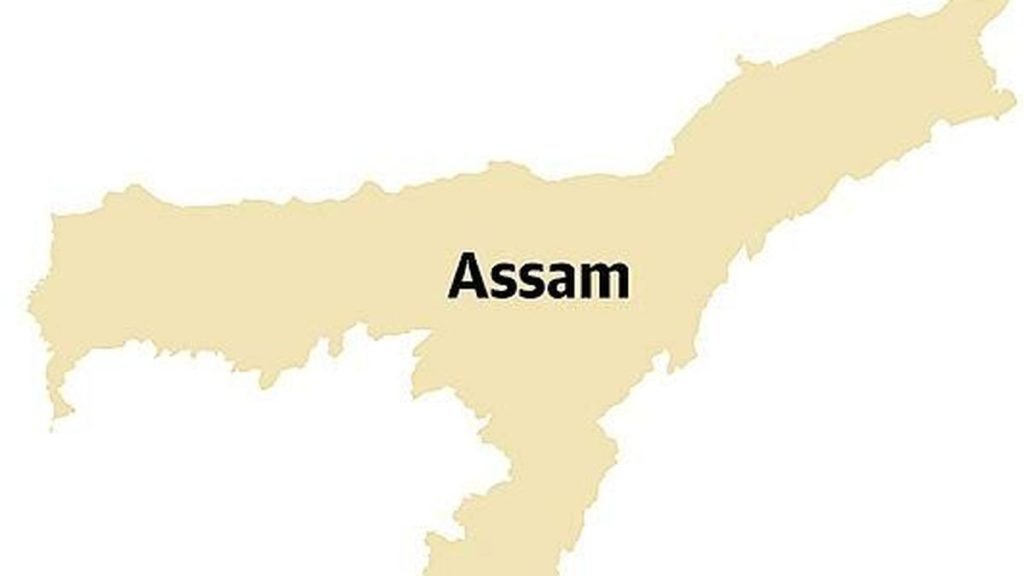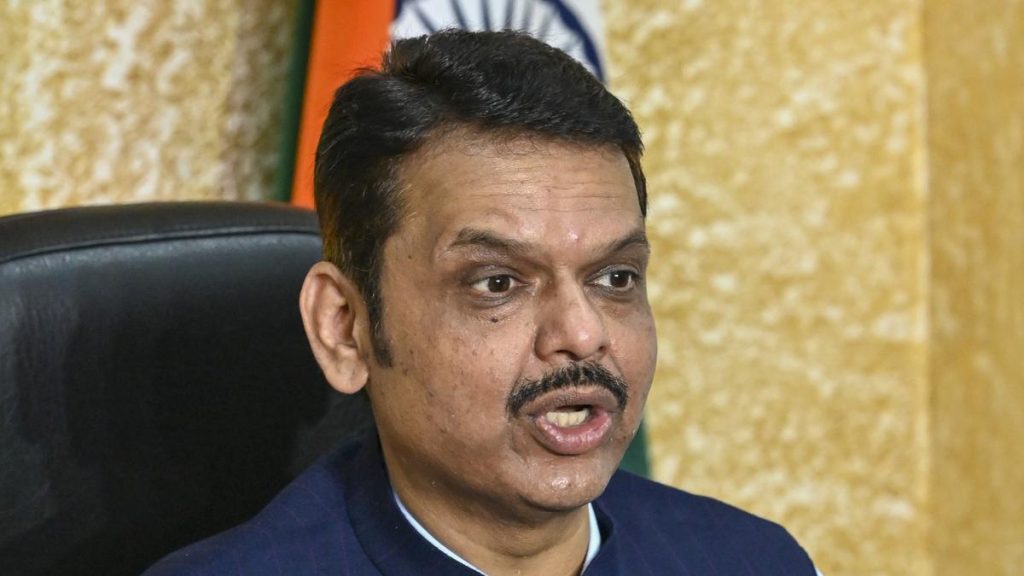Now Reading: Government Revamps Teacher-Student Ratio in Physical Education
-
01
Government Revamps Teacher-Student Ratio in Physical Education
Government Revamps Teacher-Student Ratio in Physical Education

### Fast Summary
– The Kerala government plans to revise the physical education teacher-student ratio in schools from 1:500 to 1:300.
– This change aims to protect physical education teachers facing job losses.
– A meeting led by Minister for General Education V. Sivankutty reached the decision, which will require Chief Minister’s approval.
– Revisions include:
– clubbing lower primary (LP) and upper primary (UP) wings of schools will help preserve positions for UP physical education teachers.
– Class X periods will be included in calculating posts for high school teachers, protecting them during division reductions in classes VIII and IX.
– High school physical education teachers might potentially be clubbed with UP wings where applicable.
– Physical education teachers allege past assurances given during protests have not resulted in long-term solutions, such as amending the Kerala Education Rules for better teacher-student ratios.
– Challenges highlighted:
– Only approximately 1,800 physical education teachers exist statewide amid important shortages-85% of UP schools and 45% of high schools lack such educators entirely.- Lower primary classrooms lack any physical education periods; higher secondary students have no dedicated instructors despite having periods allotted.
—
### Indian Opinion analysis
The proposed revision to the teacher-student ratio appears aimed at addressing employment security concerns raised by Kerala’s physical education workforce while attempting incremental changes to systemic gaps. The recommendation suggests a broader acknowledgment of disparities across educational tiers-such as LP classes lacking access altogether-which compromise students’ holistic progress. Though, inclusionary measures like clubbing administrative units or extending calculation parameters reflect limited structural adjustments rather than sweeping policy overhaul.
The apparent backlog sence a temporary order issued in response to protests underscores challenges associated with implementing durable reforms amidst resource constraints within public schooling systems. If adopted successfully, this move could marginally stabilize employment across segments but leaves critical gaps unaddressed-e.g., insufficient staffing versus students’ demand statewide-and may require sustained advocacy toward comprehensive policy amendments blending educational equity with financial viability.*Published July 27, 2025 | Read more here*
























